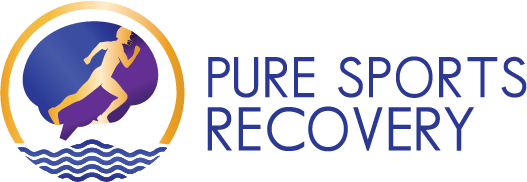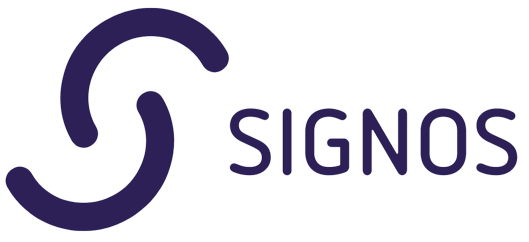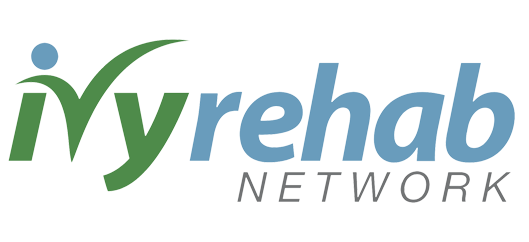1. ASK YOUR PROVIDER IF YOU ARE A GOOD CANDIDATE FOR OPIOIDS
2. PRIORITIZE NON-OPIOID TREATMENTS
While you heal, your health care provider can develop a plan to help you manage pain so you can be active in your recovery. If your provider has included opioids in your pain management plan, use the smallest dose needed for the shortest time possible to control symptoms and improve your activity level.
Ask your provider about alternatives to opioids that you can use and how these can be prioritized so that less opioids are needed. Nonopioid pain relievers such as acetaminophen (Tylenol, others) and ibuprofen (Advil, Motrin IB, others) are safer and often as effective as opioids for managing pain. Your doctor might recommend scheduling nonopioid pain relievers and using opioids only for breakthrough pain.
Also ask which non-medication treatments may be helpful. Physical or occupational therapy, daily exercise and yoga can help the healing process, boost your mood and reduce your need for pain medications. Engaging in soothing activities can help calm the central nervous system. This helps ease both pain and cravings. It can also help put pain into perspective.
TRY:
- Breathing in and out slowly
- Meditating or praying
- Visualizing a calm, peaceful, healing place
- Practicing yoga or tai chi
- Going for a walk or doing other physical activity
- Stretching.
- Establishing healthy sleeping habits.
- Getting a massage.
- Having acupuncture.
3. TAKE OPIOIDS ONLY AS PRESCRIBED
4. TELL YOUR PROVIDER ABOUT SIDE EFFECTS AND COMPLICATIONS
Opioids can cause serious side effects and its important to tell your provider about any symptoms you may experience. If you are experiencing constipation, the most common symptom, ask your provider which medication may work best to help with this. Your ability to think clearly and make good decisions may be impaired while you take opioids, especially when you first start using them. For this reason:
- Do not drink alcohol or use any medicines that have not been prescribed for you.
- Do not drive or operate heavy machinery.
- Do not take responsibility for the care of others, such as small children.
- Have someone monitor you for side effects when you first begin taking the opioid
- Ask your health care provider whether you should work. Many employers have policies about working while possibly affected by medicine.
- Check with your manager, supervisor or your human resources department to find out more.
If you or your loved ones are concerned about how sleepy you appear when using opioids, let your provider know right away.
Also talk to your care team about any concerns with opioid addiction. Opioids affect the pleasure center of the brain, which can make the whole body want more. If you find yourself craving that next pill or taking opioids just in case pain strikes rather than because severe pain is present, talk to your advocate or your doctor. It might be a sign you are becoming addicted to the drug.
5. ASK ABOUT NALOXONE
- Taking opioids at the same time as certain other medications such as anxiety medications, sleeping medications or muscle relaxants.
- You have heart or lung problems or problems such as emphysema, obstructive sleep apnea or congestive heart failure.
- You have kidney or liver problems.
- You use alcohol.
- You have an addiction to opioids.
Ask your provider about whether you need a prescription for naloxone. Naloxone is now available over the counter but receiving it in prescription form may be cheaper.
6. STORE AND DISPOSE OF OPIOIDS SAFELY
OPIOID USE IN ACUTE PAIN
Opioids are most often prescribed for acute pain. Your acute pain management plan usually includes taking opioids for only a short while. Your plan also may include taking nonopioid medicines, such as acetaminophen, and sometimes, ibuprofen or naproxen.
Your health care provider can help set up a plan that shows you:
- The highest number of opioid pills you may take in a given time period.
- How many nonopioid pills you may take in that same time period.
- How much time must pass between taking medicines.
- Examples of how to alternate taking prescription medicines and medicines you can buy without prescriptions.
The amount of medicine listed in your plan for you to take is the MOST you should take. Take only what you need to manage pain so you can do your daily activities.
Your plan usually helps you understand how to lower the amount of opioid medicine you take over time. You might hear this called tapering off a medicine. Your health care provider sets up a plan to show you how to use nonopioid pain medicines as well as other methods to manage pain.
While you take acetaminophen or ibuprofen, make sure you do not take any other medicine that contains acetaminophen or ibuprofen, such as certain cold medicines. Read the packages for ingredients or talk with a pharmacist to be sure.
If you can manage pain without taking opioids, you do not need to keep taking them. Stop taking opioids as soon as possible to limit side effects and lower your risk of becoming addicted.
Expect to have some pain as you take less medicine. Pain management does not mean you have no pain at all.
Talk with your health care provider about the most effective treatments that do not include taking medicine.
- These treatments may include physical therapy, walking, ice, heat or all of these. Treatments also may include structured movement, such as stretching, yoga and tai chi.
- Your health care provider also may suggest other methods meant to help your body heal. The methods may include guided meditation, relaxation and breathing exercises.
OPIOID USE IN CHRONIC PAIN
Evidence shows the risk of developing problems caused by opioids goes up every time an opioid prescription is refilled. Taking opioids for a long while can actually make pain last longer and make it more intense.
For these reasons, most health care providers do not recommend taking opioids for chronic pain that is not caused by cancer.
There are many effective treatments to manage chronic pain that do not include taking medicine. Talk with your health care provider about a plan to manage chronic pain.
If you take opioids while you transition to other treatments, your provider closely monitors your opioid use and side effects.
Your provider may have you sign an agreement that lists expectations for taking opioids. This agreement may include:
- Frequent follow-up visits with a health care provider.
- Occasional urine drug tests.
- Occasional pill counts.
- A monitoring program.
© 1998-2024 Mayo Foundation for Medical Education and Research (MFMER). All rights reserved

Sign up for Updates
To stay up to date please provide your email address.
-
By giving us your email you are opting-in to receive news and promotions
Sign up for Updates
To stay up to date please provide your email address.
-
By giving us your email you are opting-in to receive news and promotions






